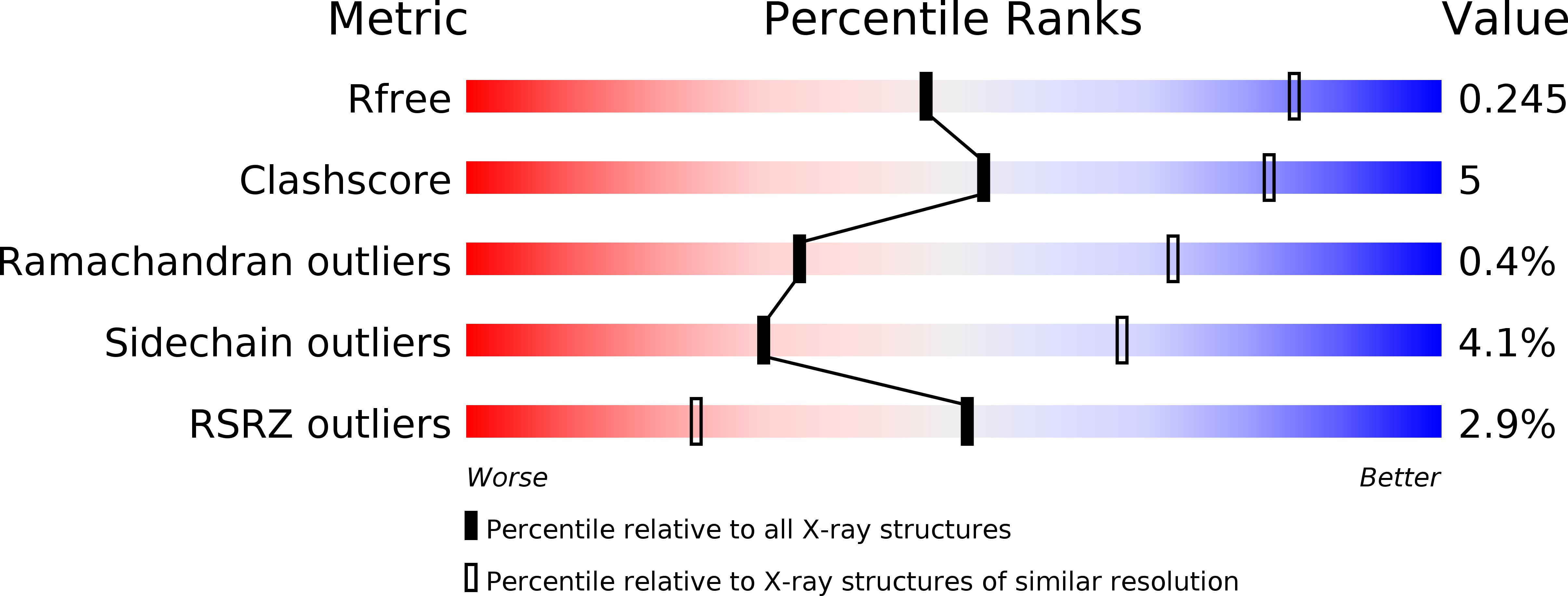
Deposition Date
2014-08-05
Release Date
2014-09-10
Last Version Date
2024-01-10
Entry Detail
PDB ID:
4UV9
Keywords:
Title:
LSD1(KDM1A)-CoREST in complex with 1-Ethyl-Tranylcypromine
Biological Source:
Source Organism:
HOMO SAPIENS (Taxon ID: 9606)
Host Organism:
Method Details:
Experimental Method:
Resolution:
3.00 Å
R-Value Free:
0.24
R-Value Work:
0.22
R-Value Observed:
0.22
Space Group:
I 2 2 2


